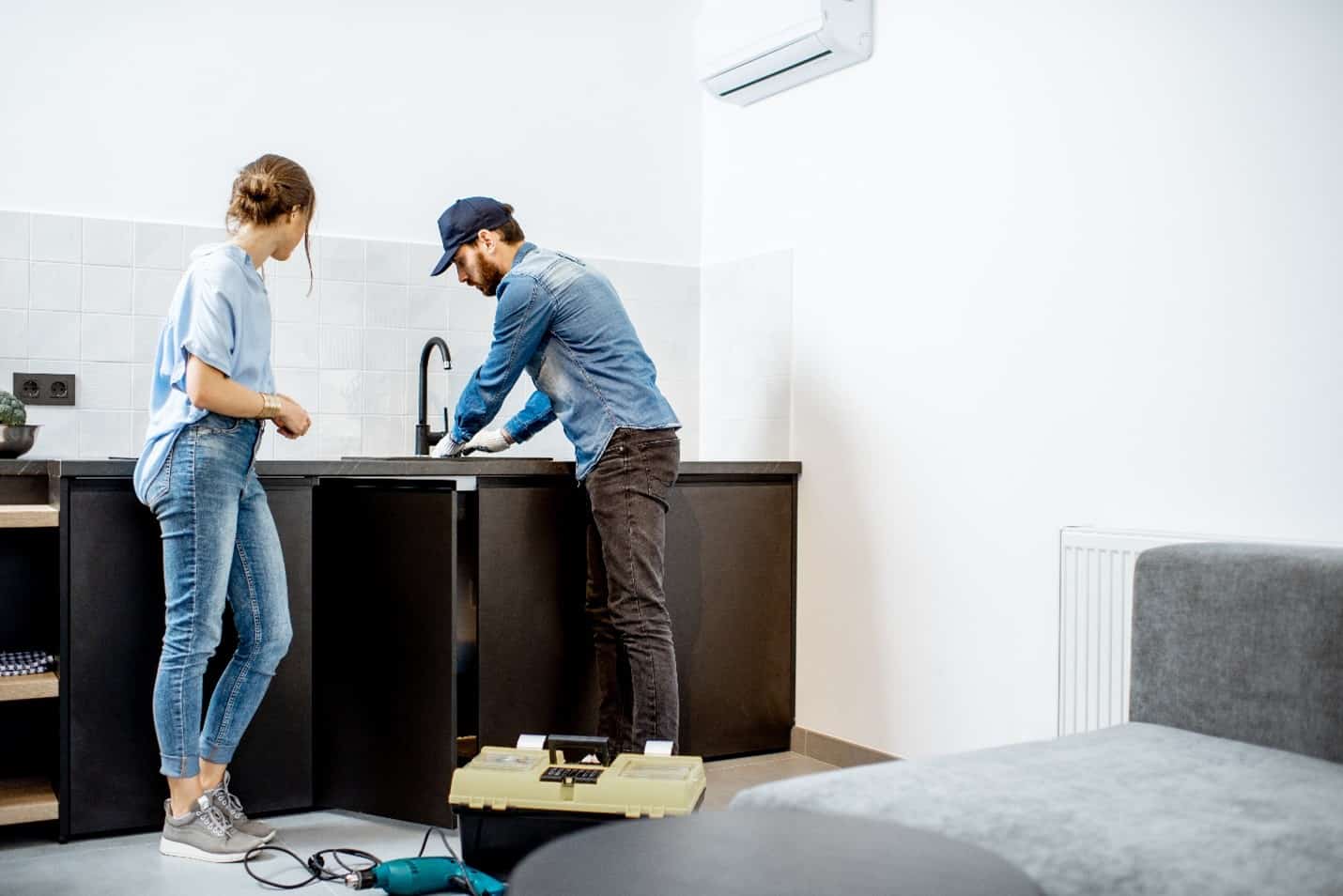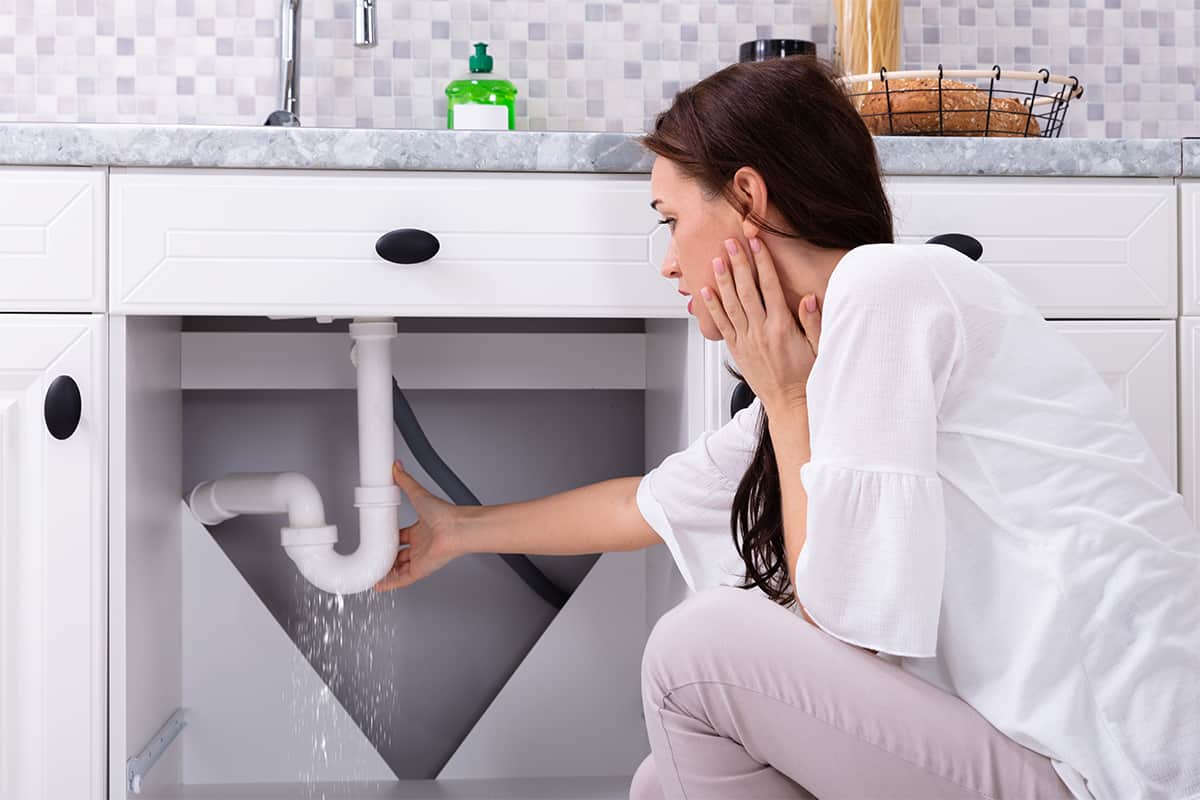When to Handle Plumbing Concerns Solo vs. When You Should Consult a Skilled Plumber
When to Handle Plumbing Concerns Solo vs. When You Should Consult a Skilled Plumber
Blog Article
On this page down the page you will find some high-quality information and facts relating to When to DIY and When to Call a Professional Plumber.

Introduction
Pipes issues can range from minor hassles to major headaches, frequently prompting homeowners to determine between dealing with the problem themselves or hiring a specialist plumbing. Understanding when to DIY and when to look for specialist aid can conserve time, cash, and avoid possible catastrophes. This post checks out the elements to think about when making this vital choice.
Advantages of Do It Yourself Plumbing
Tackling pipes jobs on your own can be gratifying in a number of methods, particularly for easier jobs.
Expense Savings
DIY plumbing projects usually save cash by staying clear of expert service fees. Jobs like dealing with small leakages, replacing faucets, or setting up new showerheads are instances where home owners can handle fixings without employing a plumber.
Skill Improvement
Participating in do it yourself plumbing uses an opportunity to learn and improve useful skills. Standard jobs empower house owners to comprehend their pipes systems much better and get confidence in taking care of tiny repairs independently.
Threats of Do It Yourself Plumbing
While DIY jobs use benefits, certain risks need to be meticulously thought about before trying fixings.
Intricacy of Jobs
Some pipes problems require specialized understanding and devices beyond typical home owner abilities. Messing up complex problems can lead to more damage and costly repair work.
Security Problems
Dealing with pipes systems includes threats such as direct exposure to water damage, potential for electric risks, and taking care of devices improperly. Security precautions must be observed to prevent accidents and make certain effective fixings.
Indicators to Call a Specialist Plumbing
Acknowledging when a pipes problem goes beyond do it yourself capabilities is critical to preventing aggravating problems.
Signs of Complicated Concerns
Instances include:
Trigger specialist intervention is required to address these concerns properly and minimize damage.
DIY Pipes Tips
For successful DIY plumbing, it's vital to be prepared with the right tools and follow appropriate treatments.
Basic Devices and Products
Trick devices for do it yourself plumbing:
Step-by-Step Guides
Clear instructions make sure risk-free and reliable DIY fixings:
Selecting the Correct Time to DIY
Figuring out when to take on pipes tasks on your own calls for analyzing both the complexity of the problem and individual convenience levels.
Evaluation Checklist
Think about:
When to Most Definitely Call an Expert
Particular circumstances demand immediate experienced attention to stop considerable damage or safety and security dangers.
Instances consist of:
Searching for and Working With a Professional Plumber
Selecting a certified plumbing professional guarantees reliable solution and satisfaction in solving plumbing concerns.
Standards for Option
Aspects to take into consideration:
Cost Evaluation: DIY vs. Expert Services
Contrasting the monetary effects of do it yourself efforts versus professional pipes services aids in making educated choices.
Financial Considerations
Assess:
Final thought
Choosing whether to DIY or call a specialist plumber rests on comprehending the intricacy of plumbing concerns and personal abilities. By considering the benefits and risks, house owners can make educated options that promote reliable maintenance and safeguard their homes from pipes calamities.
DIY Plumbing Projects: What Homeowners Can Do and When to Call a Professional
Welcome to our comprehensive guide on DIY plumbing projects. In this blog post, we aim to empower homeowners with the knowledge and skills to tackle basic plumbing tasks around the house. From unclogging drains to fixing a leaky faucet, we’ll walk you through step-by-step instructions on how to handle these common issues.
However, not all plumbing problems can or should be solved with a DIY approach. Recognizing when a problem is beyond your skill level and requires professional intervention is just as important as knowing how to perform basic tasks. We’ll also discuss the signs that indicate it’s time to put down your tools and pick up the phone to call a professional plumber. By understanding when to DIY and when to call a professional, you can save time, avoid potential disasters, and ensure your home’s plumbing system remains in top shape.
Understanding Plumbing Basics
Before we dive into the DIY projects, let’s take a moment to understand the basics of your home’s plumbing system. A typical residential plumbing system consists of two major components: the water supply system, which brings fresh water into your home, and the drainage system, which removes waste water. These systems are made up of a network of pipes, valves, and fixtures that work together to deliver clean water and dispose of waste efficiently.
Regular maintenance of your plumbing system is crucial to prevent minor issues from escalating into major problems. This includes tasks like checking for leaks, removing minor clogs, and ensuring your pipes are insulated for winter. By performing these tasks regularly, you can extend the lifespan of your plumbing system, save money on water bills, and maintain the comfort and hygiene of your home.
In the following sections, we’ll explore some common DIY plumbing projects that homeowners can handle, as well as situations that require the expertise of a professional plumber. Whether you’re a seasoned DIY enthusiast or a beginner, this guide will provide you with valuable insights into the world of home plumbing.
DIY Plumbing Projects Homeowners Can Handle
Plumbing may seem intimidating, but there are several tasks that homeowners can confidently tackle with a little guidance and the right tools. Here are a few common issues you might encounter and how to address them.
Unclogging Drains
Use a Plunger: This is your first line of defense. A good old-fashioned plunger can dislodge the obstruction and clear the drain in many cases. Try a Plumber’s Snake or Hand Auger: If the plunger doesn’t work, a plumber’s snake or hand auger can reach deeper into the pipe to break up the clog. Use a Drain Cleaner: If physical methods fail, a chemical drain cleaner can dissolve the clog. However, use these products sparingly as they can damage your pipes if overused.

I stumbled upon that blog posting on while exploring the internet. Do you know about anybody else who is in the market for ? Why not share it. Thanks a lot for going through it.
Schedule Services Report this page